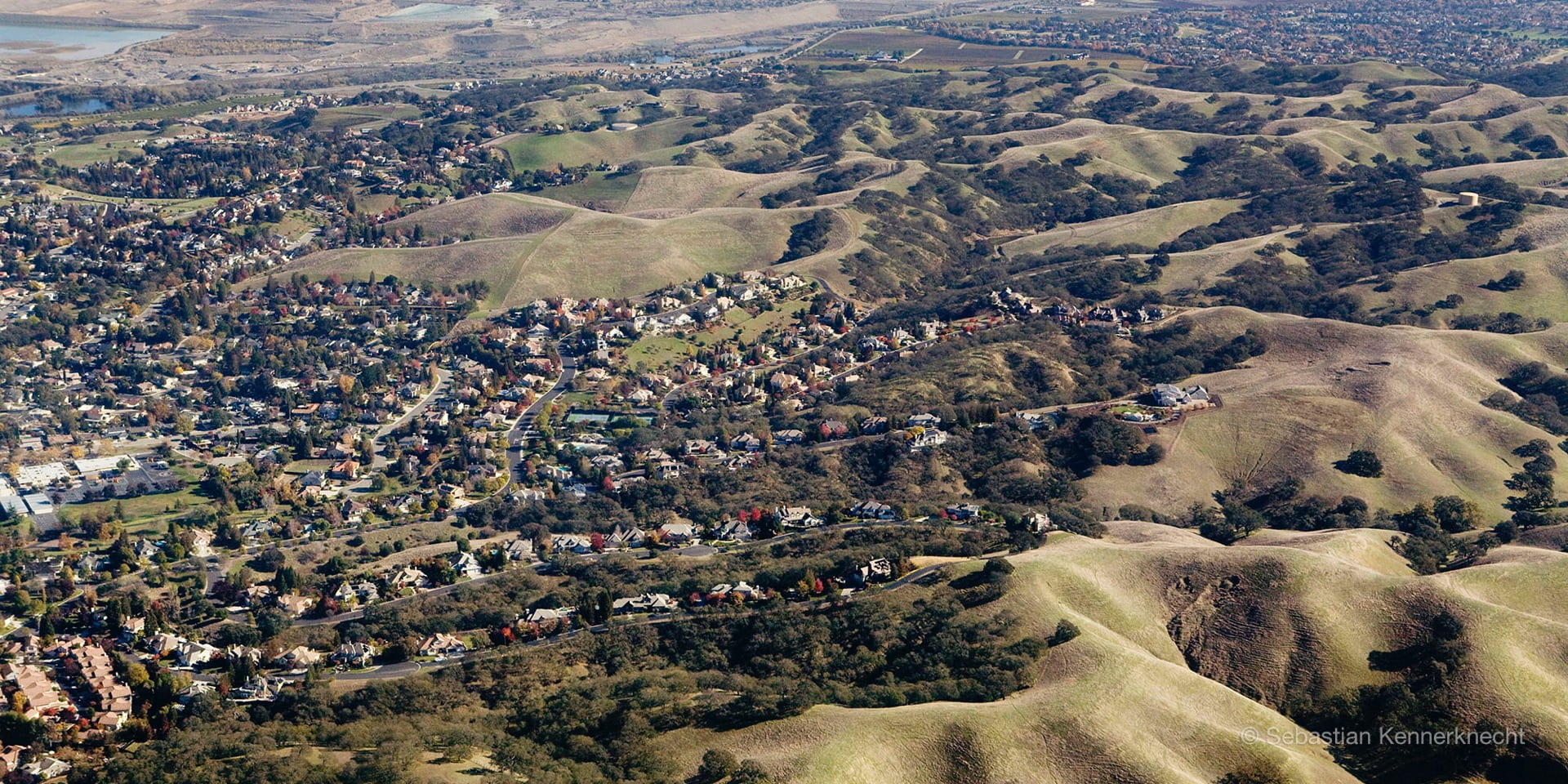
Habitat Fragmentation
Our research on habitat fragmentation is focused on understanding the influence of human development (roads, houses, agriculture etc.) on the physiology, behavior, ecology and conservation of wild animals, particularly predators and their prey. As part of this research:
- We are a developing a state-of-the-art wildlife-tracking collar that simultaneously tracks the location and behavior of the animal wearing it. This is accomplished by a GPS unit that communicates with an array of satellites and downloads its position at a user defined interval, an accelerometer which measures movements of the collar in all three spatial directions 64 times a second, and a magnetometer, an electronic compass which measures the orientation of the collar with respect to the earths magnetic field. Powerful algorithms take in data from each device and report where the animal is and what it is doing.
- We are collecting data on wild mountain lions (Puma concolor) in the Santa Cruz Mountains to better understand the ecological consequences of puma predation on ungulates and the plants they eat, the physiological differences between males and females, the ways in which mountain lions communicate with each other, the impacts of mountain lions on other carnivore species such as coyotes, raccoons and skunks and, most importantly, how each of these vary with different patterns of human development.
- Through our research efforts we are working with local government and NGO’s to identify conservation and management opportunities, and to inform the placement of wildlife crossing structures across major freeways.
For more information on our habitat fragmentation/puma research please visit our santacruzpumas website.

